Instrukcja Hikoki G 23SU Szlifierka kątowa
Potrzebujesz instrukcji dla swojego Hikoki G 23SU Szlifierka kątowa? Poniżej możesz bezpłatnie obejrzeć i pobrać instrukcję w formacie PDF w języku polskim. Ten produkt ma obecnie zadane 4 pytania, 0 komentarzy i 0 głosów. Jeśli nie jest to podręcznik, którego szukasz, skontaktuj się z nami.
Czy Twój produkt nie działa, a w instrukcji obsługi brakuje rozwiązania Twojego problemu? Udaj się do Repair Café, gdzie naprawisz swój sprzęt za darmo.
Instrukcja
Loading…

Loading…
Ocena
Podziel się z nami swoją opinią na temat Hikoki G 23SU Szlifierka kątowa i oceń urządzenie. Chcesz podzielić się swoimi doświadczeniami z tym produktem lub zadać pytanie? Zostaw komentarz na dole strony.Więcej o tej instrukcji
Rozumiemy, że miło jest mieć papierową instrukcję obsługi Hikoki G 23SU Szlifierka kątowa. Zawsze możesz pobrać instrukcję z naszej strony internetowej i wydrukować ją samodzielnie. Jeśli chcesz otrzymać oryginalną instrukcję, zalecamy skontaktowanie się z Hikoki. Być może będą w stanie dostarczyć oryginalną instrukcję. Szukasz instrukcji swojego Hikoki G 23SU Szlifierka kątowa w innym języku? Wybierz preferowany język na naszej stronie głównej i wyszukaj numer modelu, aby sprawdzić, czy jest on dostępny.
Dane techniczne
| Marka | Hikoki |
| Model | G 23SU |
| Kategoria | Szlifierki kątowe |
| Typ pliku | |
| Rozmiar pliku | 11.23 MB |
Wszystkie podręczniki dla Hikoki Szlifierki kątowe
Więcej podręczników Szlifierki kątowe
Często zadawane pytania dotyczące Hikoki G 23SU Szlifierka kątowa
Nasz zespół wyszukuje przydatne informacje na temat produktu i udziela odpowiedzi na często zadawane pytania. Jeśli znajdziesz nieścisłości lub błędy w naszych odpowiedziach na pytania, poinformuj nas o tym przy pomocy naszego formularza kontaktowego.
Do jakich materiałów można użyć szlifierki kątowej? Zweryfikowany
Szlifierki kątowe najlepiej nadają się do obróbki metalu lub kamienia. Wytwarzają dużo ciepła i dlatego nie są przystosowane do obróbki drewna lub tworzyw sztucznych.
To było pomocne (63) Czytaj więcejCzy podczas korzystania ze szlifierki kątowej muszę nosić ochronniki słuchu? Zweryfikowany
Tak, powinieneś. Chociaż poziom hałasu wytwarzanego przez szlifierkę kątową może się różnić w zależności od marki i modelu, długotrwałe narażenie na głośny hałas może spowodować trwałe uszkodzenie słuchu. Dlatego dobrze jest nosić ochronniki słuchu.
To było pomocne (16) Czytaj więcejCzy podczas korzystania ze szlifierki kątowej muszę nosić okulary ochronne? Zweryfikowany
Tak. Podczas mielenia mogą unosić się drobne cząstki. Kiedy uderzą w oko, mogą spowodować trwałe uszkodzenie oczu. Dlatego zawsze należy nosić okulary ochronne.
To było pomocne (14) Czytaj więcejCzy mogę przechowywać elektronarzędzia w szopie lub garażu? Zweryfikowany
Ogólnie rzecz biorąc, elektronarzędzia można przechowywać w szopie lub garażu, nawet jeśli czasami tam zamarza. Jednak dla żywotności elektronarzędzia lepiej jest przechowywać je w suchym miejscu, bez większych wahań temperatury. W szopie lub garażu różnice temperatur mogą powodować kondensację, która może powodować rdzę. Ponadto narzędzia zasilane akumulatorami działają krócej i nie ładują się tak dobrze w bardzo niskich temperaturach. Aby mieć pewność, w jaki sposób elektronarzędzie powinno być przechowywane, zawsze dokładnie przeczytaj instrukcję obsługi.
To było pomocne (4) Czytaj więcej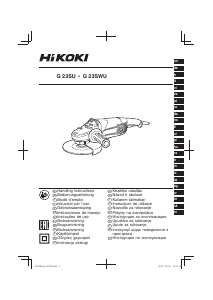


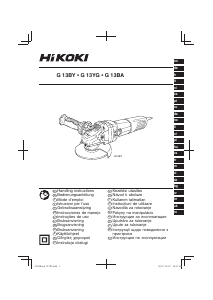
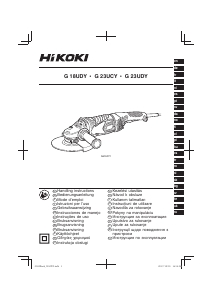
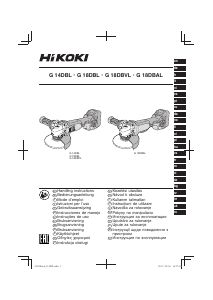

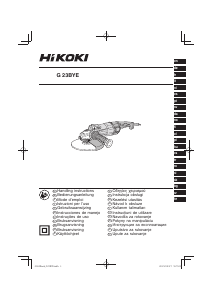
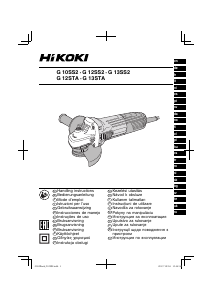
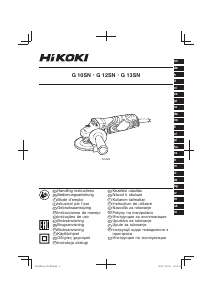
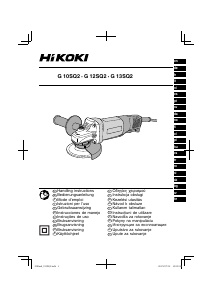
Dołącz do dyskusji na temat tego produktu
Tutaj możesz podzielić się swoją opinią na temat Hikoki G 23SU Szlifierka kątowa. Jeśli masz pytanie, najpierw dokładnie przeczytaj instrukcję. Zapytanie o instrukcję można złożyć za pomocą naszego formularza kontaktowego.